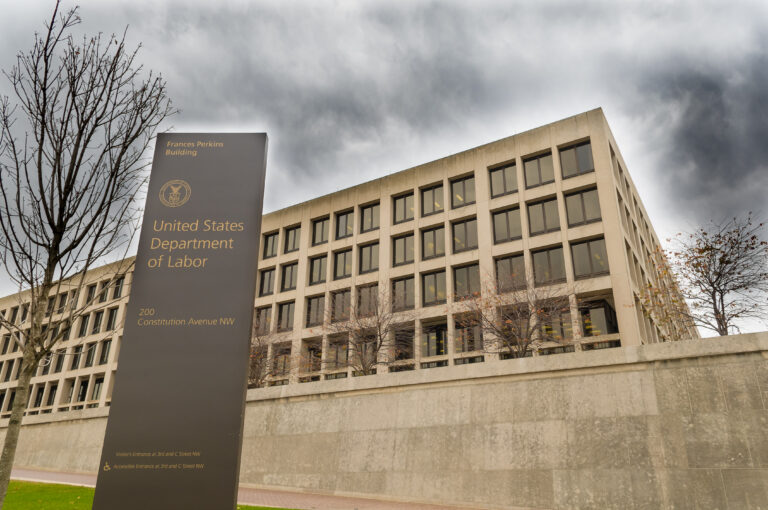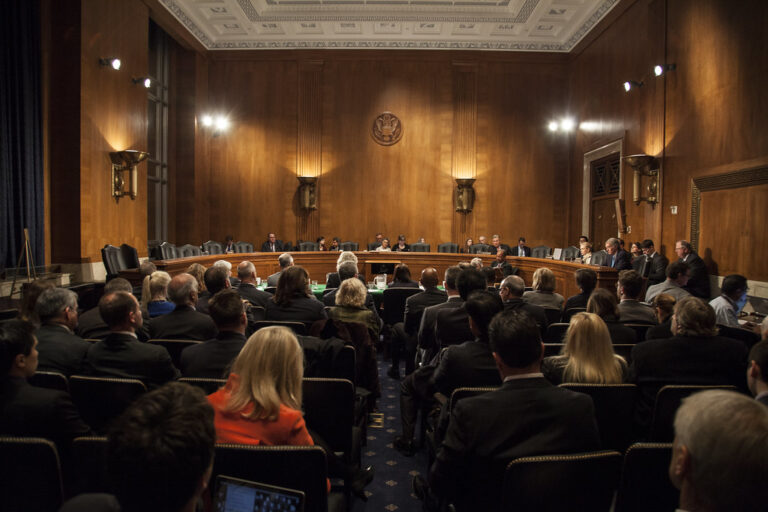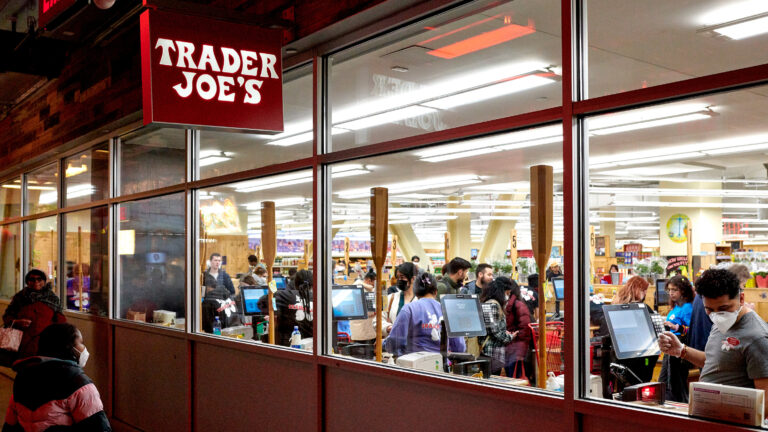
Noah Zatz is Professor of Law at the University of California, Los Angeles.
What happens when a worker’s hand gets crushed in the machinery of a fast-moving poultry processing line? You might expect him to get sent to a doctor and supported by workers comp, but a chilling article from the Center for Investigative Reporting tells a different story: Brad McGahey got sent to prison.
Brad McGahey’s story—and the sordid collaboration between Oklahoma courts, a labor broker purporting to be a drug rehabilitation center, and a major poultry processor—illustrates the growing threat from the “get to work or go to jail” schemes I’ve written about previously, including here.
As part of a pre-sentencing “diversion” program of the sort widely touted for providing “alternatives to incarceration,” McGahey was ordered to participate in what the court referred to as a “rehab” program. In reality, the program was a glorified work camp supplying a captive labor force of several hundred workers a year to the local poultry processing industry. Workers received not a cent for their work and hanging over them always was the explicit threat that “You can either work or you can go to prison.” Indeed, that threat was so central to the operations of Christian Alcoholics & Addicts in Recovery (CAAIR) that it applied even to someone like McGahey who was under doctor’s orders not to work. And so he was deemed noncompliant with his diversion “opportunity” and sentenced to a year in prison.
From a labor law & policy perspective, at least three important points bear emphasis.
First, there is a strong argument that this scheme violates the Thirteenth Amendment’s constitutional prohibition on involuntary servitude, as well as the statutes that implement it. The Supreme Court’s peonage jurisprudence from Bailey v. Alabama to Pollock v. Williams makes clear that the state cannot “make criminal sanctions available for holding unwilling persons to labor” (Pollock), yet that is precisely what Oklahoma did here. Moreover, the Thirteenth Amendment’s notorious penal exception cannot apply when, as in McGahey’s case, participation in this program was not a “punishment” for a crime but rather imposed pre-sentencing. More generally, it was not styled as punishment at all. There is also a dubious history of other ad hoc court-created exceptions to the Thirteenth Amendment that have been applied in the non-criminal custodial contexts of immigration detention and civil commitment. CAAIR, however, is a weak candidate for even these suspect doctrines both because the work involved was not institutional upkeep of the “rehab” facility itself and because the work was integrated into the profit-making enterprise of the poultry companies.
Second, CAAIR appears to have engaged in a classic case of employee misclassification. Functionally, it operates like a staffing agency, selecting, assigning, disciplining, and terminating the workers whom it sends to firms like Simmons Food, with more than a billion dollars in annual revenue. Simmons pays CAAIR, but instead of CAAIR paying its workers, it simply provides room, board, and intimidation. We don’t even get to the question of whether this could satisfy the FLSA’s strict rules on in-kind payment because CAAIR forces its workers to sign a waiver declaring themselves to be “clients,” not “employees.” This sleight of hand is particularly ironic because CAAIR attempts to justify its program as integrating “clients” into the norms of the American workforce – “If working 40 hours a week is a slave camp, then all of America is a slave camp,” a spokesman said. But of course, the regular work of “all of America” is performed by employees protected by workers comp, the minimum wage, and, among other things, the Thirteenth Amendment. More technically, the structure of the program and CAAIR’s own rationale make clear that the work assignments are part of an economic quid pro quo, not ancillary to an overriding course of treatment: “If counseling or classes interfered with the job, the decision was clear. ‘It’s work.’” It would be exceptionally difficult to distinguish this work arrangement from the one that the Supreme Court held to be covered employment in Tony & Susan Alamo Foundation, where a purported recovery program was integrated into commercial business.
Third, and relevant to both the legal points above, this exploitative labor scheme has implications not only for the workers caught in it but also for the broader labor market. By virtue of its access to this highly vulnerable labor force, Simmons, the poultry processor, holds a stronger hand in its dealings with other workers. It can bargain down their working conditions or simply decline to hire them at all. Indeed, the article reports that Simmons has been laying off regular employees during the period of its expanding relationship with CAAIR and could not function at full capacity without the workers CAAIR – and the Oklahoma criminal justice system – supplies. Private employers get leverage from the state government’s threat of incarceration much the way they do from the federal government’s threat of deportation, a dynamic well-documented in the poultry industry’s exploitation of immigrant workers and maintenance of brutal working conditions.
Kudos to Amy Julia Harris and Shoshana Walter for this eye-opening, carefully documented reporting. I’ve only scratched the surface as there’s so much more in the full article, including CAAIR’s religious aspects and the opioid crisis context of this program applied primarily to young, white, low-income men.









Daily News & Commentary
Start your day with our roundup of the latest labor developments. See all
November 23
Workers at the Southeastern Pennsylvania Transportation Authority vote to authorize a strike; Washington State legislators consider a bill empowering public employees to bargain over workplace AI implementation; and University of California workers engage in a two-day strike.
November 21
The “Big Three” record labels make a deal with an AI music streaming startup; 30 stores join the now week-old Starbucks Workers United strike; and the Mine Safety and Health Administration draws scrutiny over a recent worker death.
November 20
Law professors file brief in Slaughter; New York appeals court hears arguments about blog post firing; Senate committee delays consideration of NLRB nominee.
November 19
A federal judge blocks the Trump administration’s efforts to cancel the collective bargaining rights of workers at the U.S. Agency for Global Media; Representative Jared Golden secures 218 signatures for a bill that would repeal a Trump administration executive order stripping federal workers of their collective bargaining rights; and Dallas residents sue the City of Dallas in hopes of declaring hundreds of ordinances that ban bias against LGBTQ+ individuals void.
November 18
A federal judge pressed DOJ lawyers to define “illegal” DEI programs; Peco Foods prevails in ERISA challenge over 401(k) forfeitures; D.C. court restores collective bargaining rights for Voice of America workers; Rep. Jared Golden secures House vote on restoring federal workers' union rights.
November 17
Justices receive petition to resolve FLSA circuit split, vaccine religious discrimination plaintiffs lose ground, and NJ sues Amazon over misclassification.